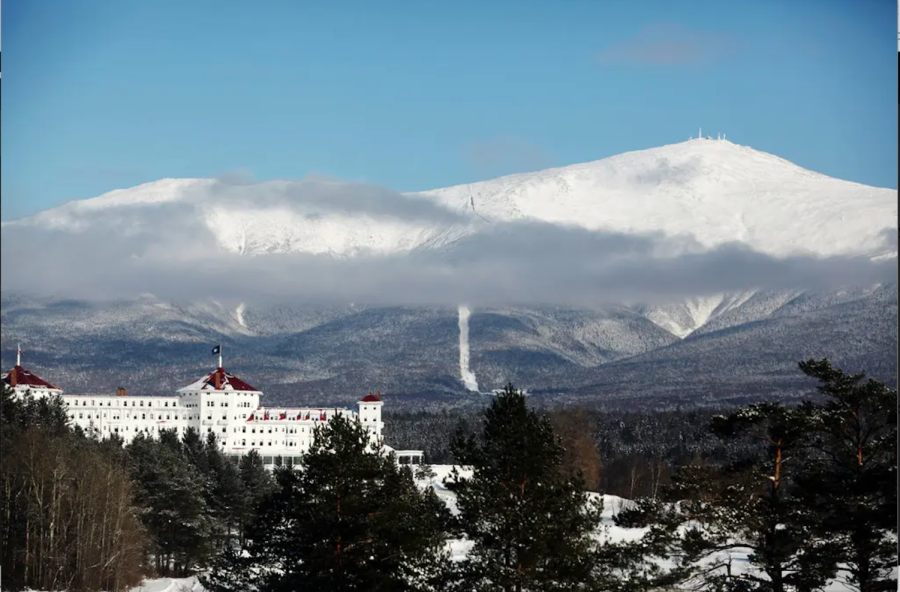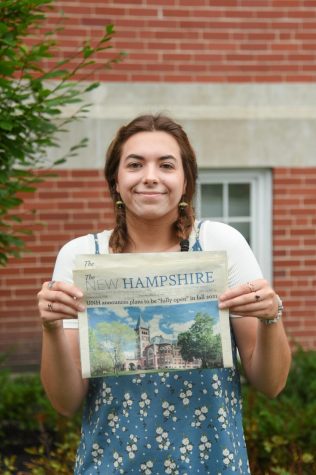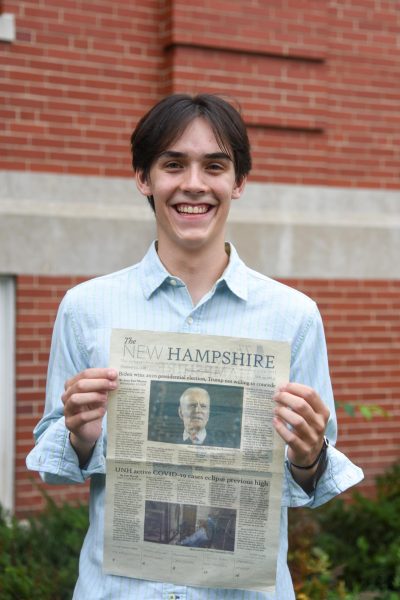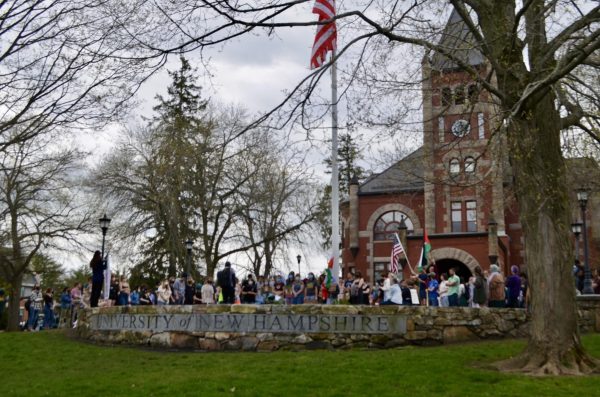Signature New Hampshire Winters Are Vulnerable in Changing Climate
Emily Berl from The New York Times
The Mount Washington Hotel in the White Mountains.
March 1, 2023
This past winter has been quite an unusual one. With temperatures sporadically rising to the 60s and a lack of significant snowfall, it has been one New Hampshire’s warmest winters ever recorded. January’s average temperature was approximately 8.9 degrees Fahrenheit above its historical average.
Research shows New England is warming at a faster rate than the rest of the country. As a result, activities that make New Hampshire so magical in the winter — skiing, snowboarding, winter hiking or even a simple yet just as impactful walk on a snow-dusted beach — may become increasingly less frequent as the state’s climate changes.
New Hampshire is already experiencing changes, especially in the ski industry, which has a crucial contribution to the state’s economy. From May 2017 through April 2018, the state’s ski industry attracted almost 3 million visitors to ski areas, and generated over $500 million in economic output. Ski visits have already shown a slight decline that is likely to worsen if the country carries its current emissions scenario into the future.
In a survey by The New Hampshire, frequent student skiers and winter recreationalists voiced their opinions on the ski conditions so far this season.
“One of the best years for snow for me was my sophomore year of highschool,” said first year mechanical engineering student Colin Guido. “Consistent dumps throughout the season, and very little rainy and warm temperatures made the snow accumulate into a nice base that stayed through late into the season. Every year after that has been consistently worse, with much more rain, warmer temperatures and less snow.”
“There has been a distinct lack of snow,” said first year business administration student Sean McConaghy. “It’s kind of crazy to think about how a sport that I love could be gone in a few short decades due to climate change.”
The survey also showed that, on average, the frequency of the students’ ski visits this season declined 60% compared to the typical number of annual visits in past seasons.
“There’s less snow every year, and it makes me sad,” said a second year marketing student. “This year is especially bad. I started skiing when I was 2, and remember how much snow we used to get. I miss that, but I’m not sure we’ll ever have that much snow in a season again.”
While there have been visible changes to New Hampshire’s most recent winters, students’ concerns are also backed up by the data. University of New Hampshire (UNH) climate scientist Elizabeth Burakowski has dedicated most of her research career to studying how climate change is impacting winter recreation in New Hampshire in addition to the country as a whole. She is a contributing author to a report about the impact of climate change on winter recreation, which showed evidence that there are decreasing days below freezing (32 degrees Fahrenheit), decreasing days with snow coverage, and that winters are shortening due to an earlier spring period.
The report also detailed how, in some areas of New Hampshire, the busiest 10% of days in the snow season contributed over 30% of the entire season’s revenue. Snowfall in urban areas also increased skier demand, implying that using technology to make snow may not be a reliable plan to keep ski and other winter recreational visits stable in a changing climate. A large part of why people decide to participate in these activities is because of the actual snowfall itself.
“Economics and jobs are at stake, sure,” Protect Our Winters Board Member Auden Schendler said in a preface of the same report. “But more importantly, a way of life is in jeopardy…What we are working to protect is not so much the snow or the outdoors, but the spirit and grace it imbues in us.”
Protecting winters largely depends on reducing global greenhouse gas emissions. Limiting average global warming to 1.5 degrees Celsius can possibly be achieved if the world’s emissions fall to 45% below 2010 levels and reach net-zero by 2050.
“We’re on the trail,” Schendler said. “Rugged, dusty, winding, suffused with profound risk, but also with opportunity that is sacred and divine.”






























